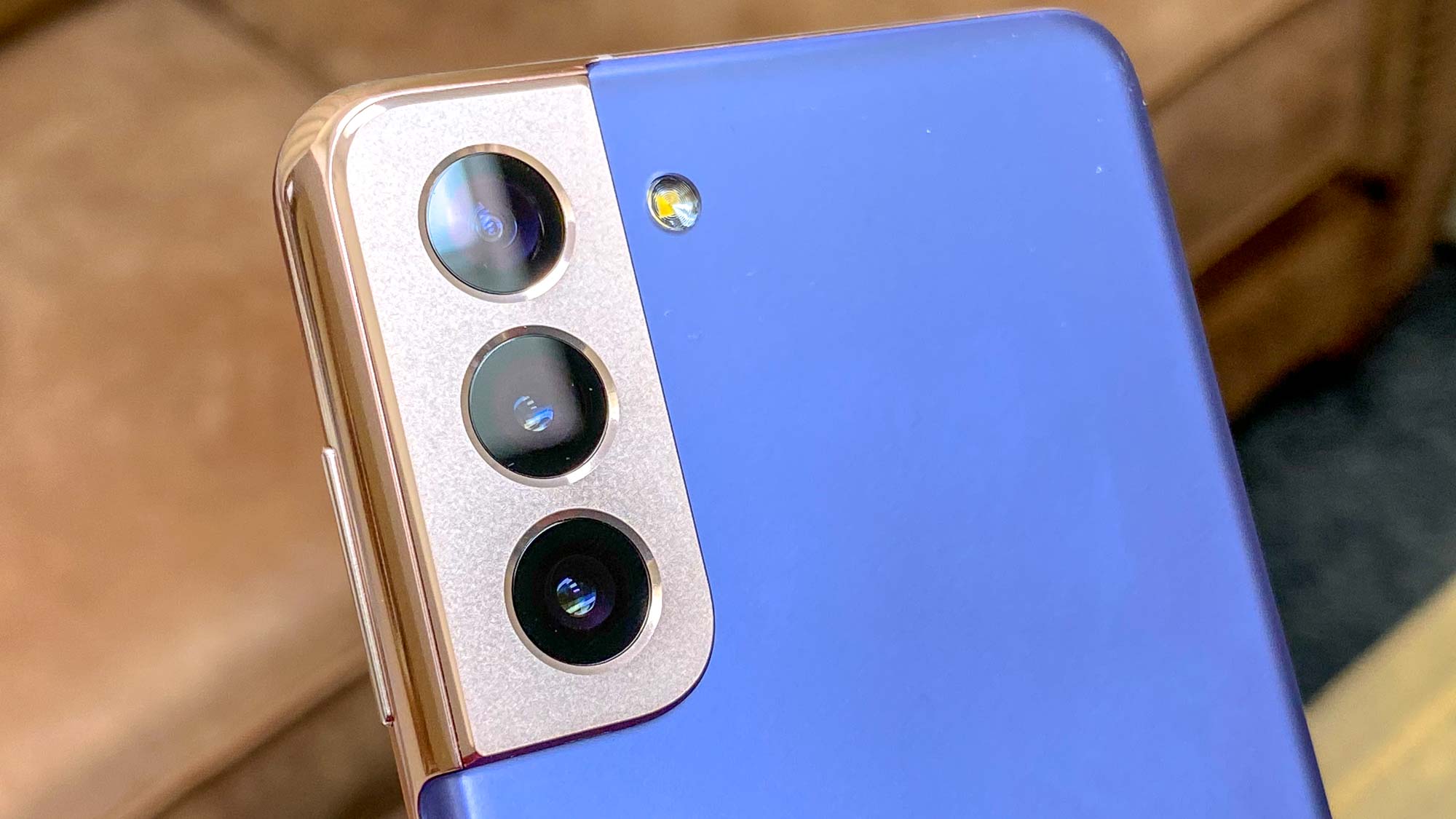
After a year's worth of rumors, Samsung officially unveiled the new Galaxy S21. And this year, the electronics giant isn't holding back against Apple and the iPhone 12's impressive suite of camera features.
While Apple has never crammed in the highest pixels in its camera sensors, often reviewers are surprised at how clean and accurate photos look from iPhones. The secret? Quality sensors and software optimization.
- Best camera phones
- The best Samsung Galaxy S21 deals so far
- Plus: Samsung Galaxy S21 review (hands-on)
Even with a lower megapixel count, iPhones are able to take in an image and use smart software tricks to help clean up noise, reinterpret colors, and add the right amount of sharpening to make for a quality smartphone photo. This is why megapixels alone aren't enough to determine how good a photo might turn out and why a budget $250 phone like the Moto G Power (2021) still can't beat an iPhone, even with its 48MP main camera.
Look at Google with its Pixel line. The Pixel 4a, which only costs $349, continues to churn out some of the best mobile photos in the industry thanks to clever software engineering, despite having just a single camera lens.
This year, Samsung is ready to fight. Not only is Samsung claiming improved AI performance for image processing with the Galaxy S21 family, but has introduced some new features as well.
Below, we've detailed all the new camera tricks that can be found on this year's Galaxy S21 models, and why new buyers should take the time to learn these features to get the best Instagram-worthy snapshots.
The new and improved Single Take feature
Samsung introduced the Single Take feature with last year's Galaxy S20. Single Take allows users to take a single photo with all lenses simultaneously. This meant that users could get an array of pics, and choose the one they liked best without needing their subject to pose for multiple shots.
Sign up to get the BEST of Tom's Guide direct to your inbox.
Get instant access to breaking news, the hottest reviews, great deals and helpful tips.
The Galaxy S21 is adding slow-mo videos to Single Take. As a user is taking a photo of their friends, not only will Single Take capture single snapshots, but also slow motion video of those friends popping a piece of candy into their mouths. It's a little gimmicky, but it shows the power of the Snapdragon 888 processor inside the S21 in being able to take multiple photos along with slow motion video simultaneously.
Director's View
Director's view brings vlogging to the Galaxy S21. With this mode enabled, both the front and rear facing cameras will take video simultaneously. This yields a picture-in-picture video, one that gives a feed of the director — the person holding the phone — as well as whatever they're shooting. This feature can be enabled on either the telephoto, wide, or ultra wide lenses.
Samsung even put together a trailer — with actors who clearly met the day of the shoot — demonstrating how both Single Take and Director's View works.
But there's more to Director's View than vlogger mode. Say you're filming a friend solving a Rubik's Cube. You might want to start the frame with the ultra wide lens to get a wide take of the environment. You can then switch between the other wide and telephoto lenses with one tap to get multiple angles all on the same take. Before Director's View, you might have needed to stop filming with one lens and start another recording with another. Now, it's far more seamless this time around.
Night Mode
Low light photography has always been a challenge for phones. Generally, sensors are much smaller on a phone than on a standard DSLR, meaning the f-stop tends to be higher and on a fixed aperture. This technical jargon pretty much means that phone cameras can't gather as much light. To get around this, companies use software as a way to enhance low light photos. It's an evolving process, but one that gets better every year.
Samsung is aiming to take on Apple and Google with new Night Mode enhancements. The video above demonstrates how the S21 Ultra uses all lenses to gather image data along with AI deep learning to capture low light photos. Pair that with enhanced noise reduction and it yields an image that's far brighter. While there is some optical image stabilization, it will likely work best with a steady hand or a tripod, as is the case with all low light photography,.
Zoom Lock
Samsung has implemented a periscope lens with its telephoto sensor in this year's Galaxy S21 Ultra. So, instead of having the lenses sandwiched on top of one another like in most camera modules, this lens array is horizontally stacked and uses mirrors to bounce the light back to the sensor. This means that Samsung is able to fit more prism lenses for increased clarity while zooming.
Even then, while in the Ultra you'll be able to zoom in 100x, it'll still be hard to take a photo without a tripod, as any slight movement is more pronounced. Samsung has implemented Zoom Lock, a software feature in which a user can tap at the center of their zoomed image which will aim to minimize shaking and jittering.
Users can also tap on a specific part of a frame and zoom in more seamlessly with minimal jitter in what Samsung calls Space Zoom. While the video above makes it look as if you're zooming in with a real massive $2,000 telephoto lens on a tripod, we'll have to see for ourselves to what extent Samsung is exaggerating in its trailers.
- More: Future Tech Awards winners revealed — see the best in everything from phones to home entertainment
Imad is currently Senior Google and Internet Culture reporter for CNET, but until recently was News Editor at Tom's Guide. Hailing from Texas, Imad started his journalism career in 2013 and has amassed bylines with the New York Times, the Washington Post, ESPN, Wired and Men's Health Magazine, among others. Outside of work, you can find him sitting blankly in front of a Word document trying desperately to write the first pages of a new book.

